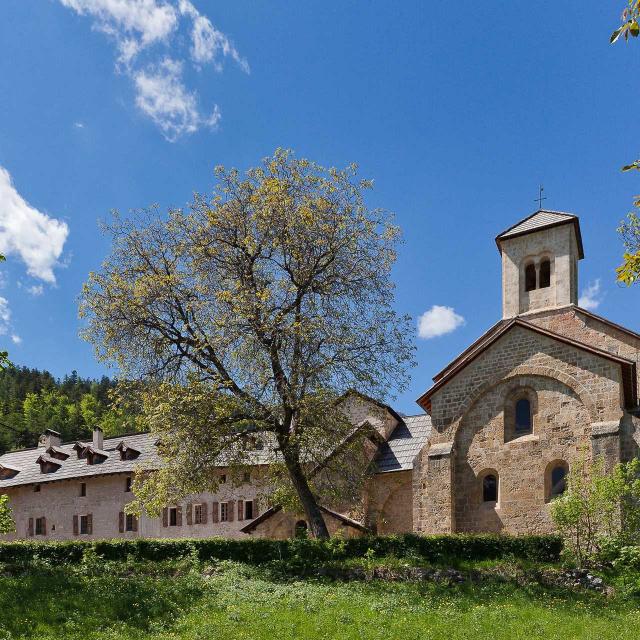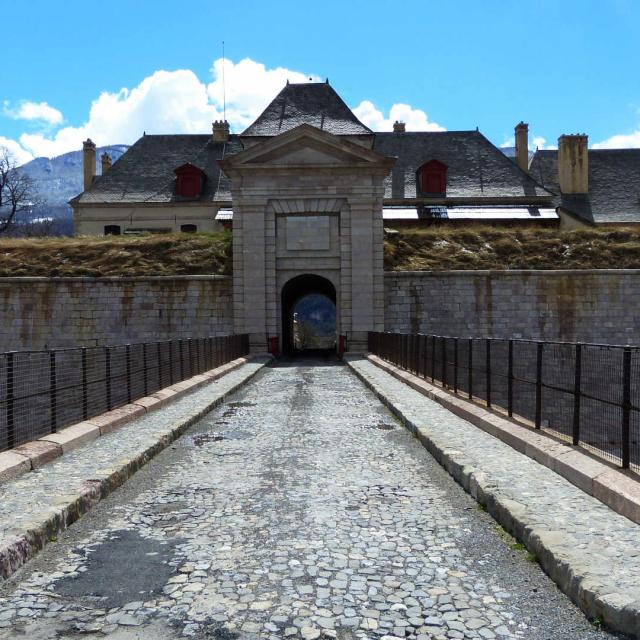Iconic milestones
Walkers and pilgrims from all over Europe come each year to discover the treasures of Our Lady of Laus. This place has 5 strategic points allowing us to retrace the history of the Shepherdess of Laus.
It all started with le Pindreau, which is the place where Holy Mary first appeared. The holy mother would have indicated Benoîte the way to the chapel of Laus, which she would recognise thanks to the “good smells” that emanated from it. There currently stands a commemorative statue of the Virgin Mary with an outstretched arm indicating the way to the hamlet to Benoîte.
Then our path guides us to the chapel “Bon Rencontre”. Marie would have asked Benoîte to build an edifice “in honour of her Divine Son and of Herself”. The chapel will then be inserted in the basilica of Our Lady of Laus that was built between 1666 and 1669. It is thereafter in this place that Marie would have communicated with Benoîte.
A little further down, visit the birthplace of Benoîte, a place of prayer and meditation in which the guardian received sinners in search of divine forgiveness. Over 54 years during which she claimed she had Marian apparitions, this house constituted a place of mercy in which the shepherdess preached the holy word of Mary. The housing you will discover is poor, without any frills, and is entirely dedicated to religion. Immerse yourself in the mysticism of the place and feel the soul that emerges from it.
Go on with your getaway and pass by the chapel of Precious-Blood. This small building was built to protect the Cross of Avançon, a place where it is said the crucified Christ appeared numerous times to Benoîte, which later on had a deep influence on her religious intakes. This monument has the particularity of being built on an octagonal plan and in a Romanesque architectural style. The light penetrates the place through superb coloured stained-glass windows to illuminate the Cross of Avançon that is suspended in the centre of the chapel.
Finish your trip while reaching the oratory of the Col of the Angel. The story goes that an angel would have lit the whole valley in the middle of the night to allow the shepherdess to return to her home. There, one can find a column sheltering a statue of the Virgin Mary and at its top, an angel with the hands extended towards the passers-by. Although quite strenuous, the ascent of the Col of the Angel offers you an exceptional panorama over the entire valley.


